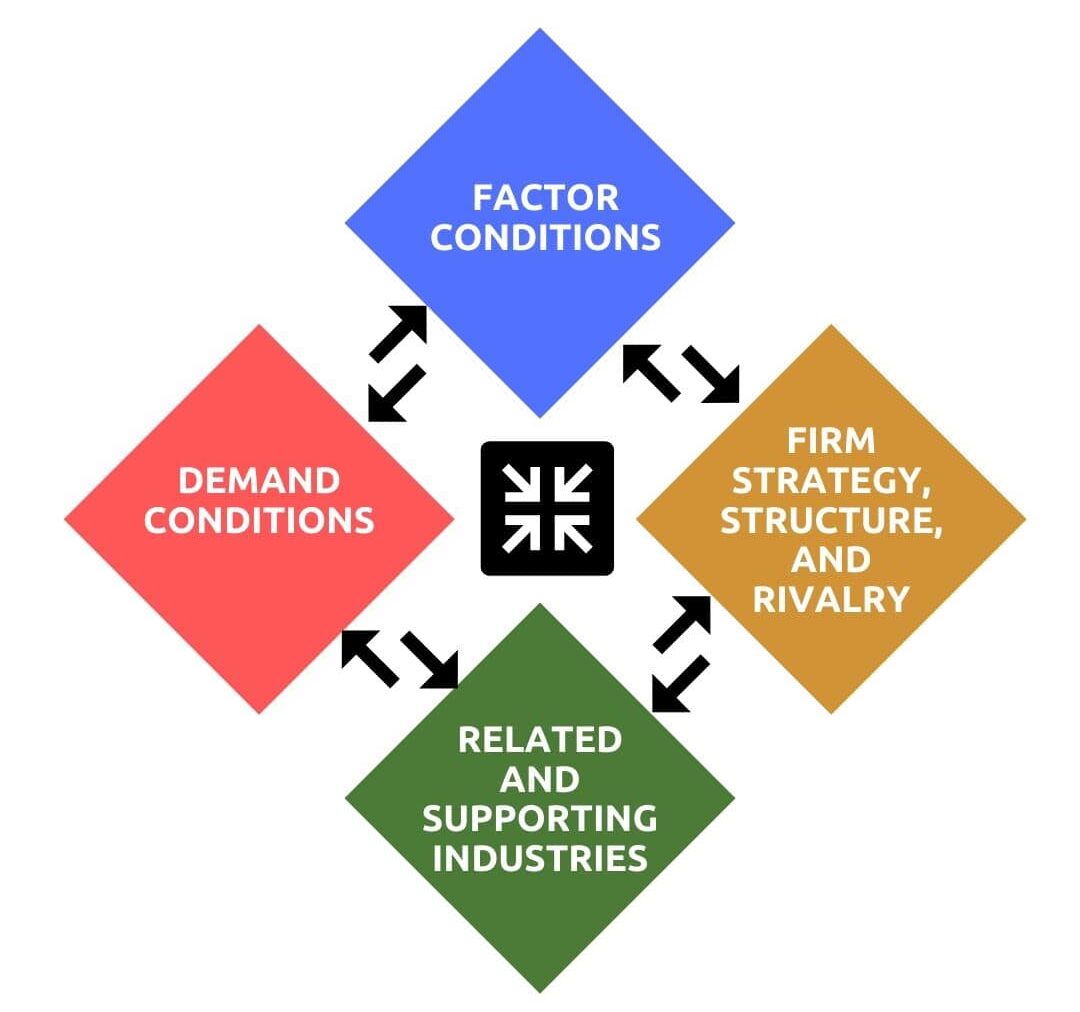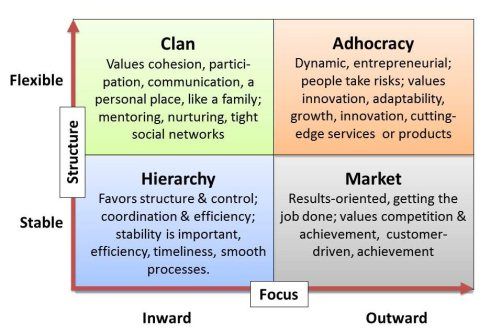In contemporary society, business organizations are taking on an increasingly complex and significant role. Some corporate giants control vast resources and possess enormous influence in human daily life. Especially when they enter areas such as health care and education, they can have a more deep relationship and powerful impact on society. However, the nature of business activities is to pursue the best interests and it could lead to some conflicts between different stakeholders. Thus, proper corporate governance needs to be used to ensure corporates continue operating on a normal track. In theory, corporate governance is a kind of system that could direct and control companies.… Read the rest
Strategic Management Concepts
Evaluation of Porter’s Diamond Model
In the globalization era, we observed an increment of multinational corporations as well as small businesses that aim to internationalize. Those, in order to be successful in their internationalization process, try to find abroad a location that fits them the most institutionally, culturally and opportunities wise. To make this happen, MNCs uses home and host location strategies which reflect to international business theories through different models. Those models assess external environment analysis of a specific country and explain the concepts used behind the chosen location. Out of the many useful models explaining location strategies used by international companies, this article will focalize on the Diamond Model and discuss whether is a useful concept for international firms to pursue the best entry mode and furthermore argue the advantages and disadvantages through the examination of a real case example such as the multinational IKEA.… Read the rest
Reducing Resistance to Organizational Transformations
Every organization goes through a period of change and development at one time or another whether these be big organization mergers, such as companies being bought out such as when Coca-Cola bought Costa coffee for 3.9 billion pounds, or small changes such as an alteration to a software a company uses or the development and implementation of autonomous machinery that helps create an increase in productivity. It has long been argued that companies should apply a participative dialogical approach to manage these changes to help prevent resistance to these changes. However, there is the possibility that this will be resisted due to psychological reasons or self-interest.… Read the rest
Stakeholders Perspective on Corporate Social Responsibility (CSR)
There are various definitions proposed by various scholars for Corporate Social Responsibility (CSR), but still, it remains uncertain and is poorly defined with few explanations. First, the issues that a CSR must address should be easily interpreted so that it includes virtually everyone and everything. Second, with its unique, often particular characteristics, different stakeholder groups tend to focus only on specific issues that they believe are the most appropriate and relevant in organizations’ corporate social responsibility programs. Thus, the beliefs about what constitutes a socially responsible and sustainable organization depend on the perspective of the stakeholder.
Although the most basic definition CSR describes it as a social obligation for an organization, which is conceptually and operationally diverse.… Read the rest
The Competing Values Framework
Competing models of management refer to those models that attempt to explain the competing value framework of organizational management. The organizational management sometimes faces the management challenge of balancing between two or more important processes that affect the operation of an organization. The competing values framework is a model that was developed by Robert Quinn and Kim Cameron to assess the organizational culture. The theory of competing values framework, in essence, shows the interrelationship between processes that enable the organization to focus on the internal environment or external environment. The area of focus of an organization leads to the development of the organizational culture and often results in a balancing of two or more competing value factors.… Read the rest
Moving to Blue Ocean Strategy – Shift from Red Ocean to Blue Ocean
In global market today, it can be supposed that there are two typical kinds of oceans: read oceans and blue oceans. Of two sorts of market, red oceans are defined as a known space for all existent industries nowadays. On the contrary, blue oceans are regarded as an unknown area for industries which do not exist.
As a result, red oceans present all existing rules related to business competition and industrial regulations. This market defines and determines the boundaries for all games and rules. In this market, companies strive to compete with their competitors and rivals in order to gain better benefit and dominate more market share of current demand.… Read the rest




